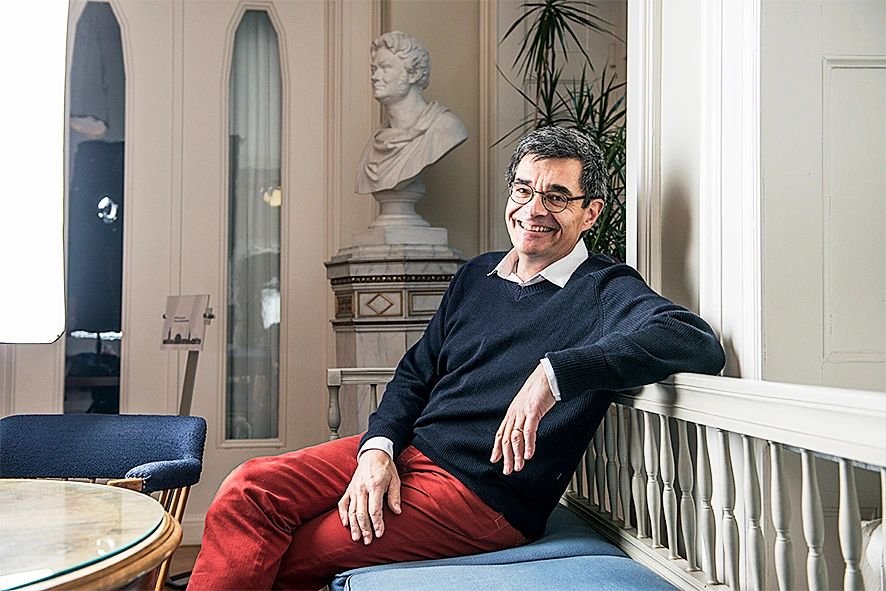Winners of the Next Breath Student Competition have been announced. Read our Press Release
Stanford News - April 24, 2023
New method for making ammonia could take a bite out of global energy use
If we are to protect ourselves as well as guard against a new pandemic, the relative humidity of indoor air (iRH) need to be monitored and maintained at humidity levels close to that found outdoors in the summertime. In industrialized nations most people spend 80-90% of their time indoors, and we know that indoor air pollution is a leading cause of many illnesses. However most indoor spaces fail to address the importance of relative humidity. Ventilation, and filtering alone, are not the answer. A sterilized, low iRH, environment is not healthy. We are beginning to understand how low indoor relative humidity promotes virus viability when released in droplets, not simply from coughing or sneezing but also from speaking and singing. See, for example, A. Davidse and R. N. Zare, “Effect of relative humidity in air on the transmission of respiratory viruses,” Molecular Frontiers Journal 5, 1-13 (2021).We must get away from the distorted environment of hermetically sealed ventilated spaces and work toward restoring a more natural environment in which we evolved to thrive.
Interview with Professor Richard Zare by Lorie Karnath, Next Breath President
Mitigating Climate Change Effects: A Global Approach
Lorie Karnath Managing Editor of Molecular Frontiers Journal/President Next Breath discusses MFJ Editor-in-Chief Bengt Norden's recent article on Mitigating Climate Change Effects: A Global Approach. Prof. Norden considers options and cautions against support of climate effect mitigation projects that are less realistic or suboptimal for technological, economic or other reasons. He suggests that it is likely that most forms of “biofuels” (which although being “carbon neutral” do produce carbon dioxide) and “carbon capture” (catching carbon dioxide gas at the combustion site, compressing it to liquid and depositing it in salt mines or empty oil fields) offer less significant means of mitigation compared to other more direct solutions. Warning that both biofuels and carbon capture may be associated with social and environmental issues.
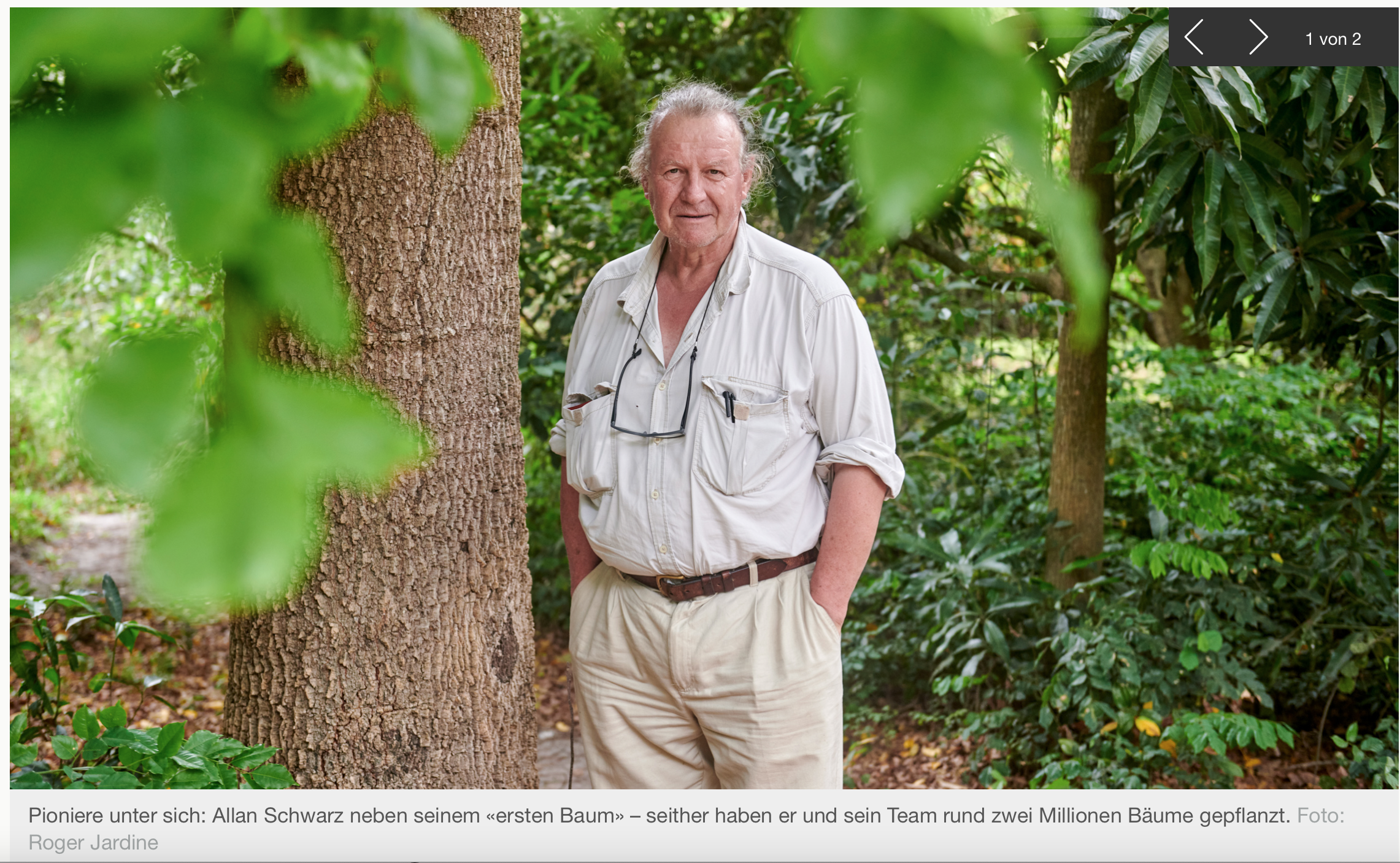
THE VALUE OF FORESTS
by LEONIE MARCH
Our Place in Time
An interview with Donald Johanson
Nov 14, 2021
Slideshow from our symposia in Lausanne Switzerland (2021).
Learn more about it and watch the speaker sessions here


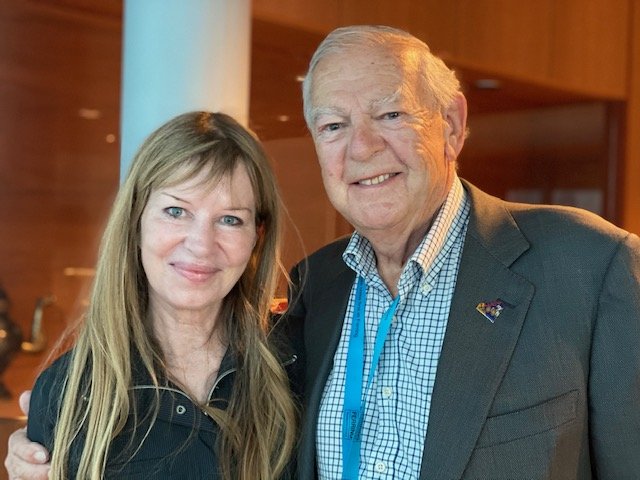

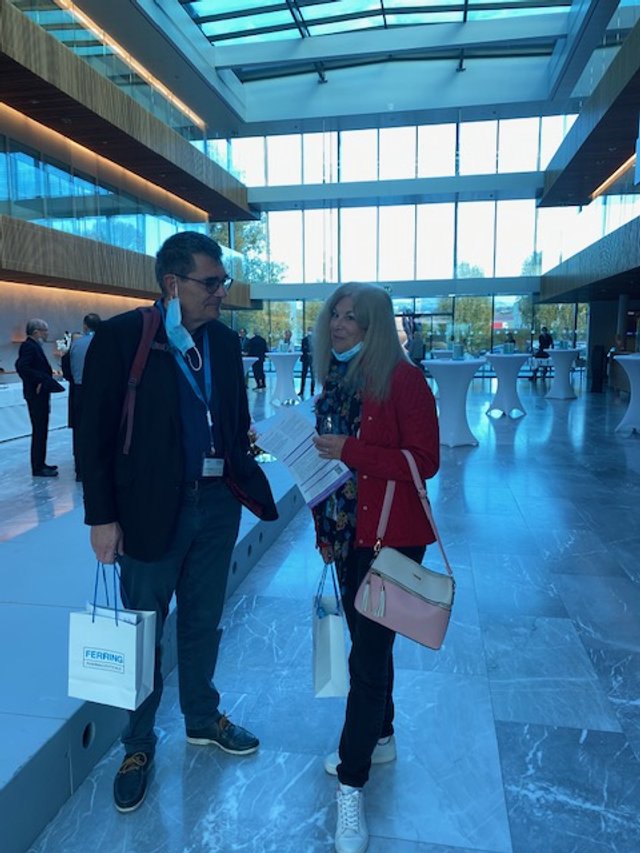

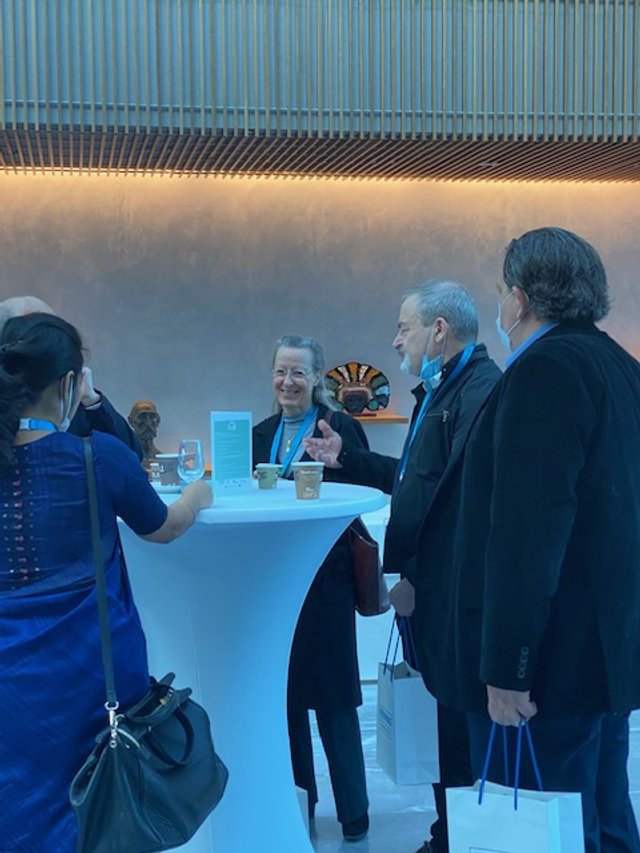



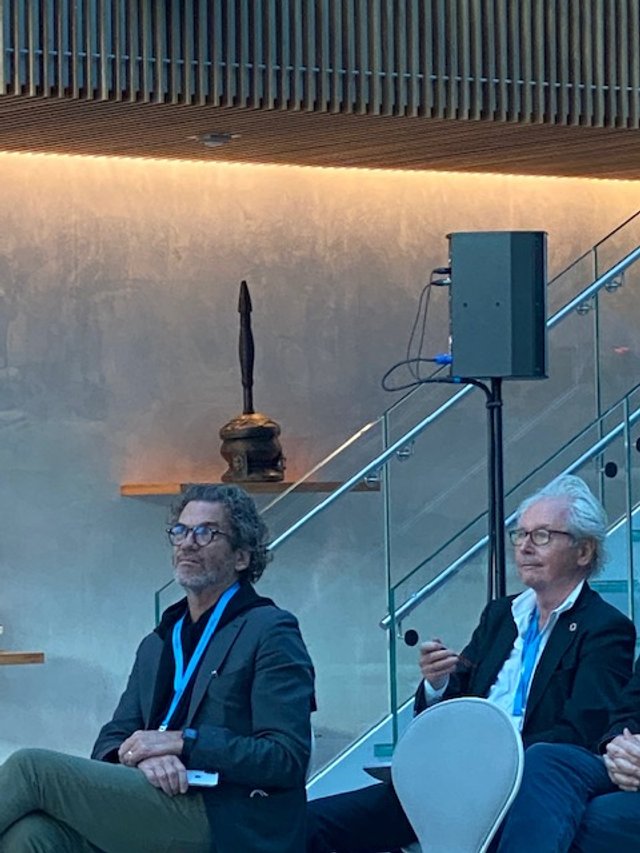
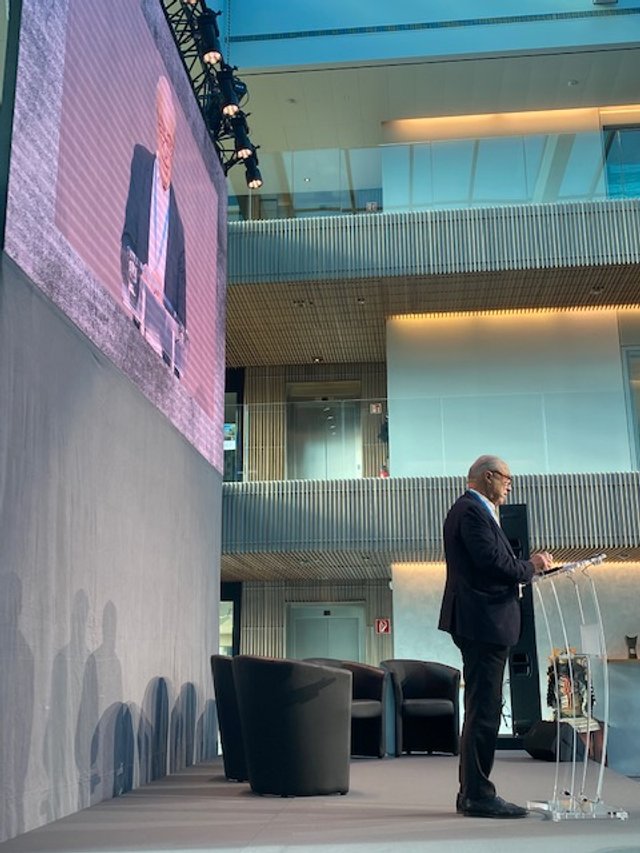
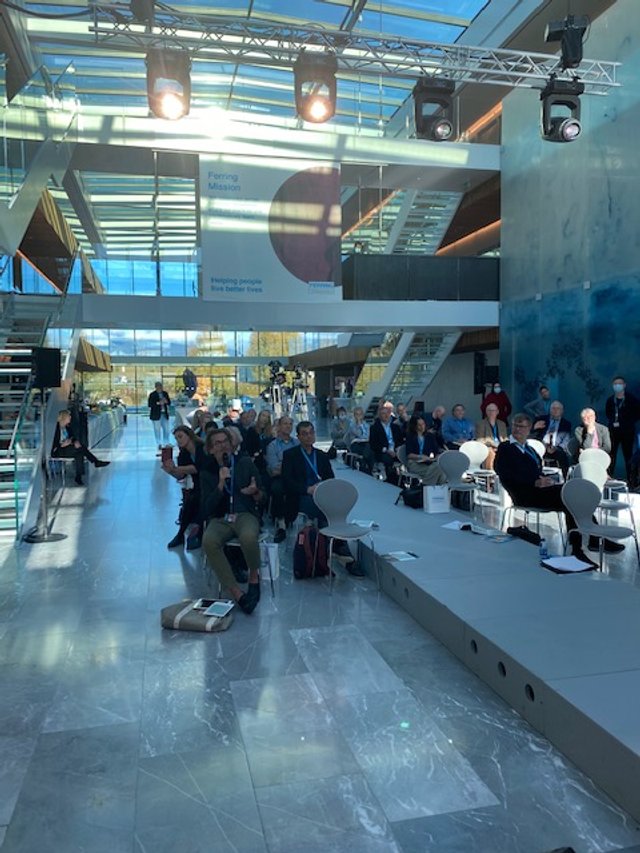
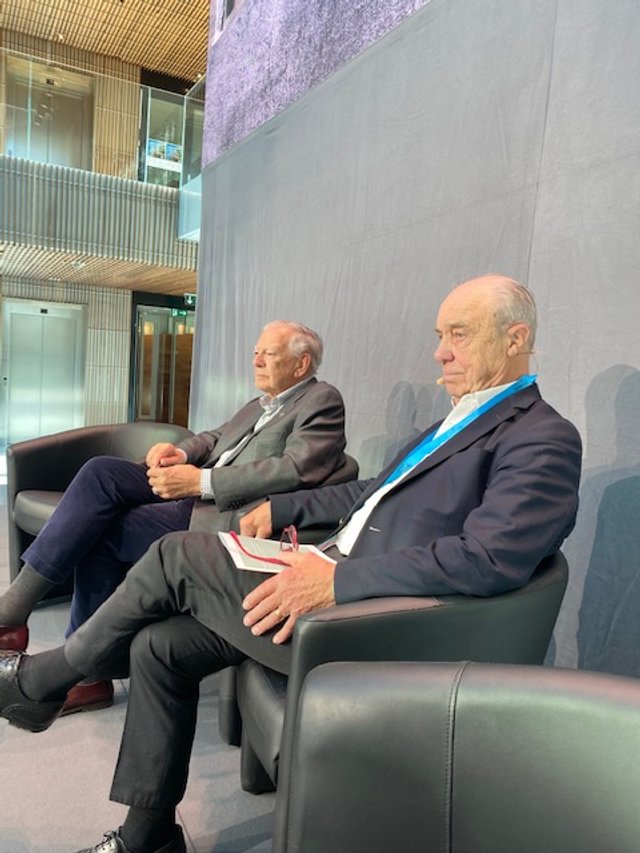
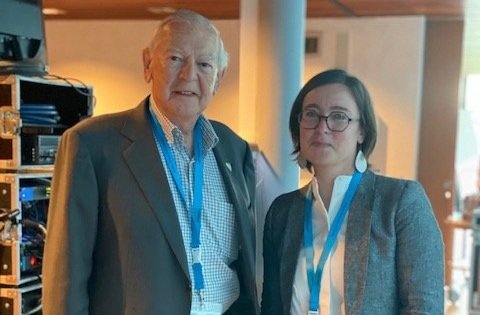
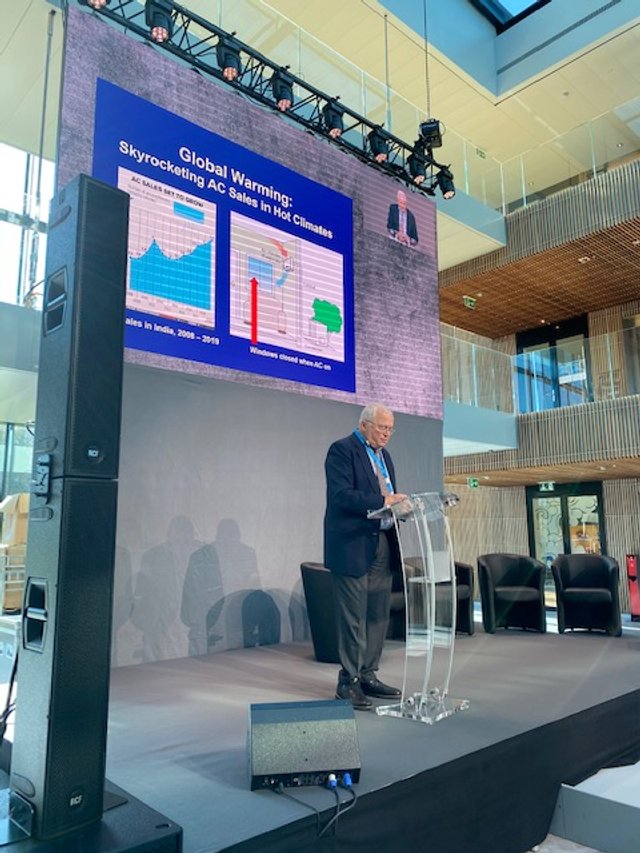


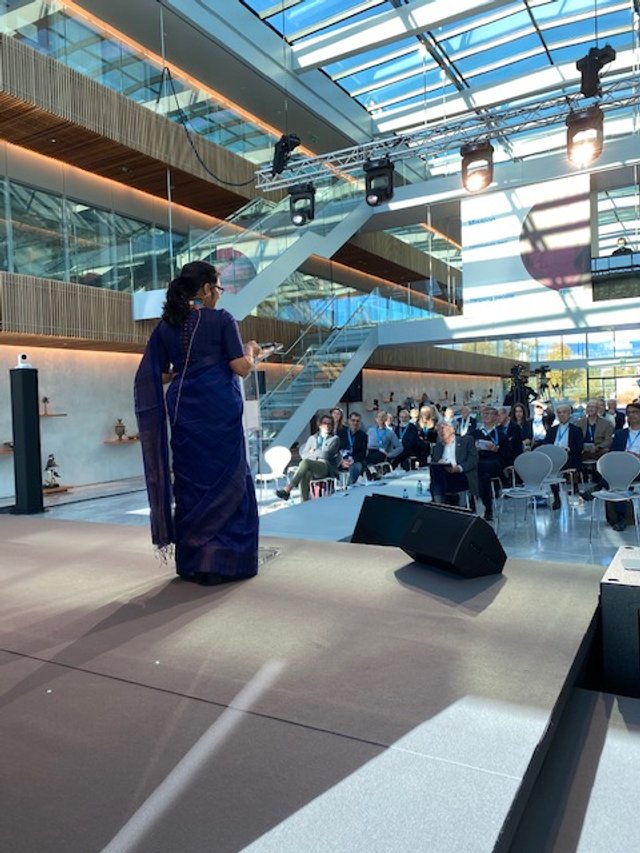
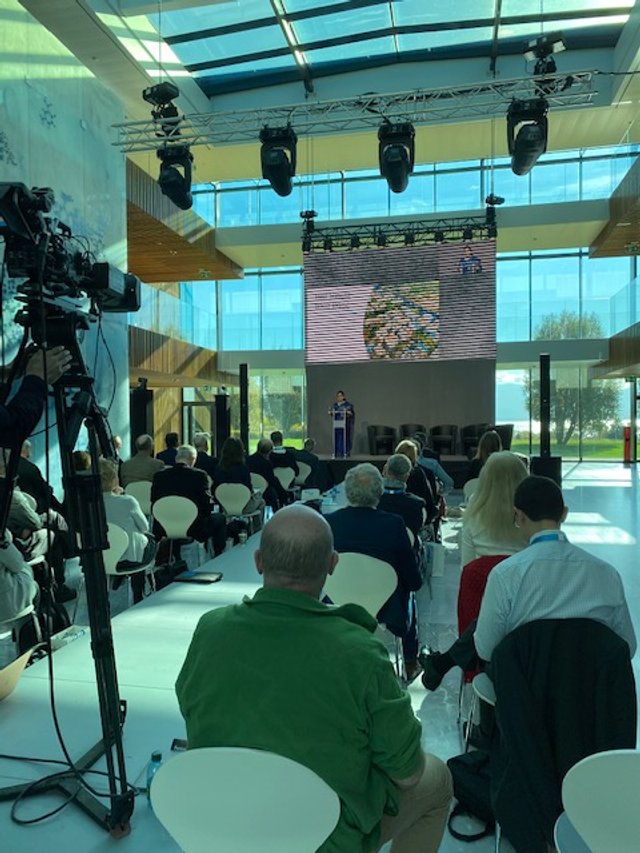



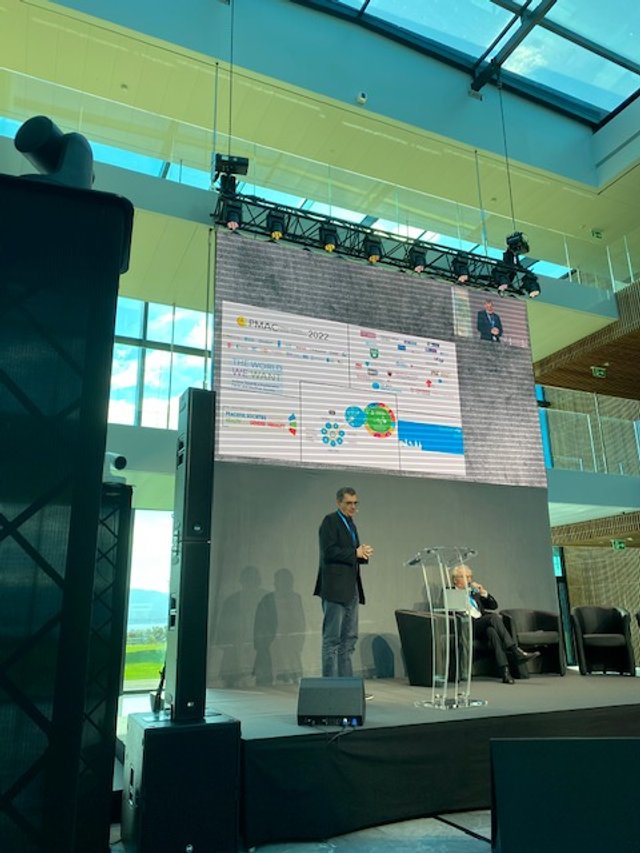
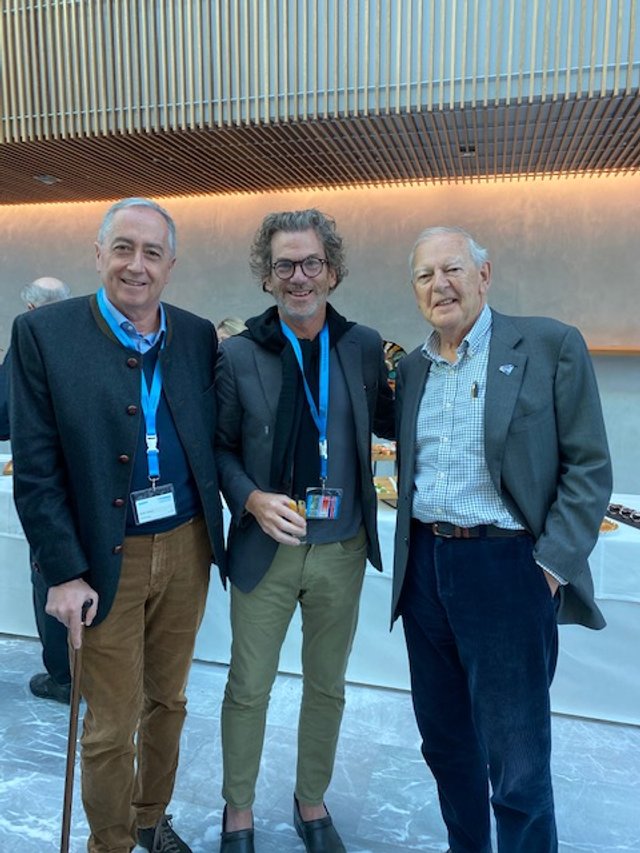



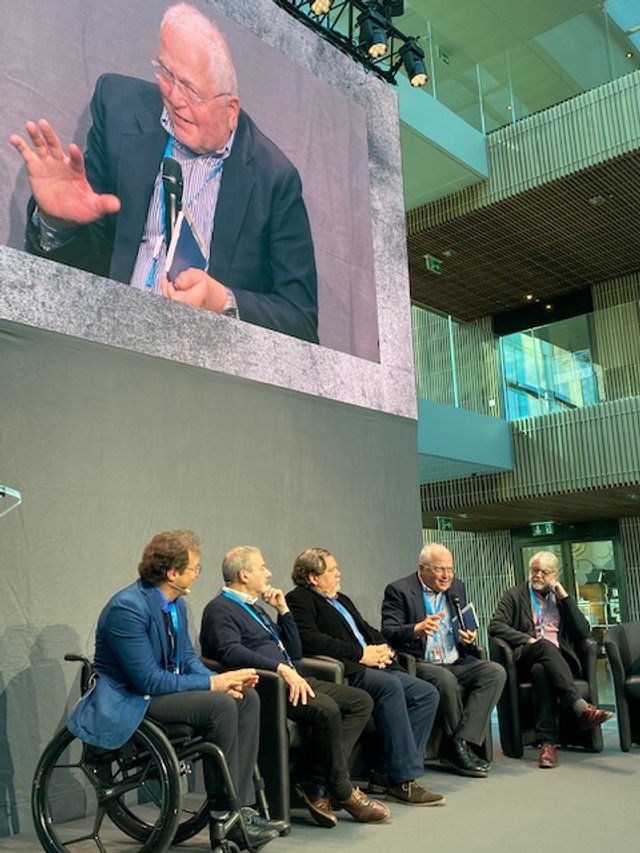
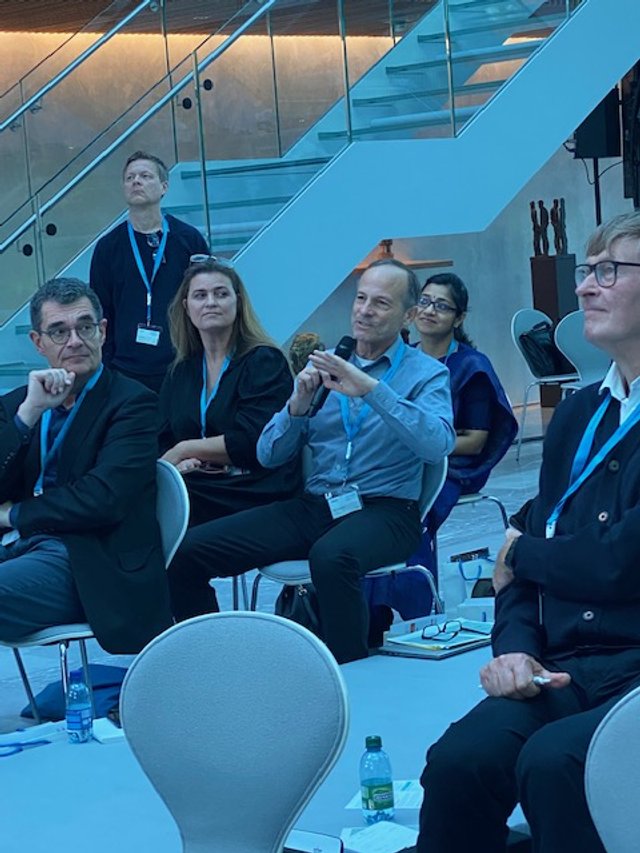
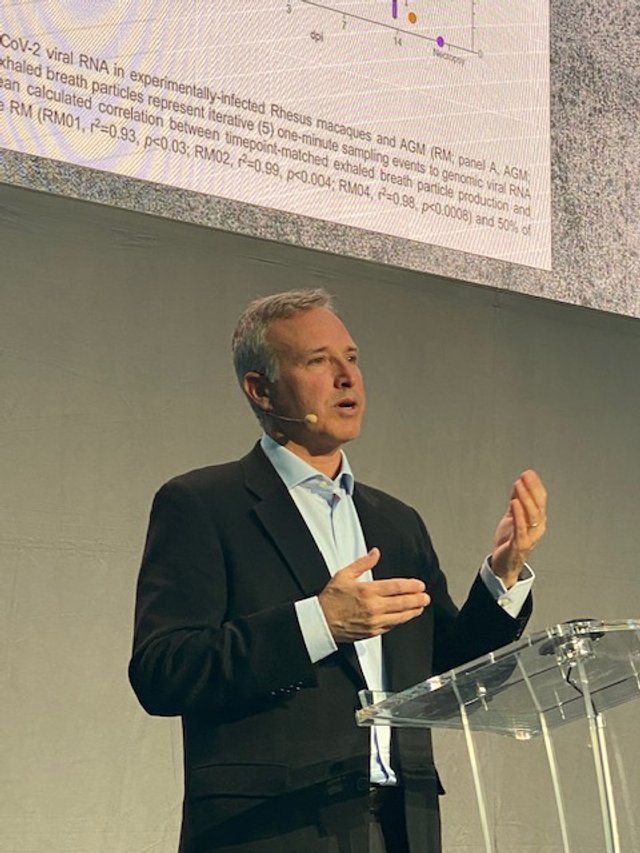
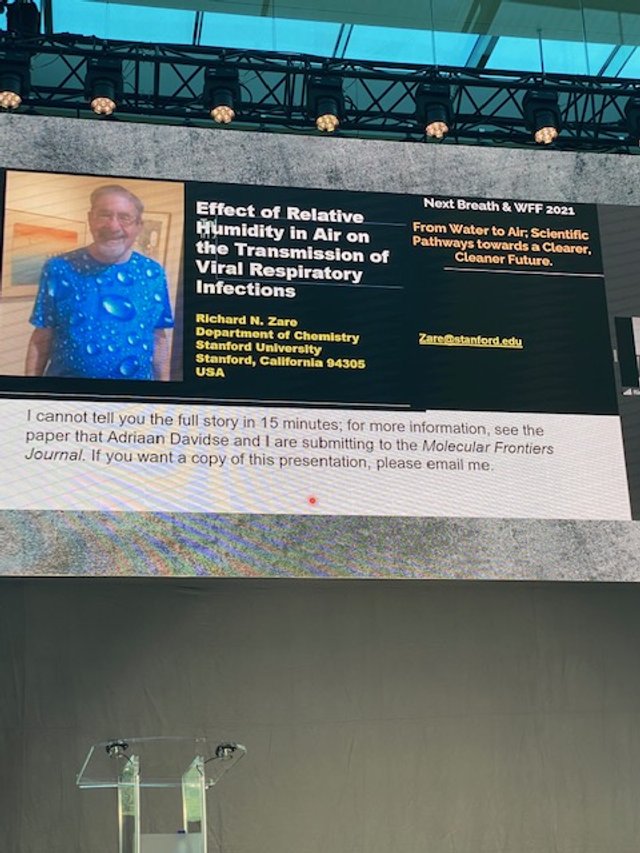






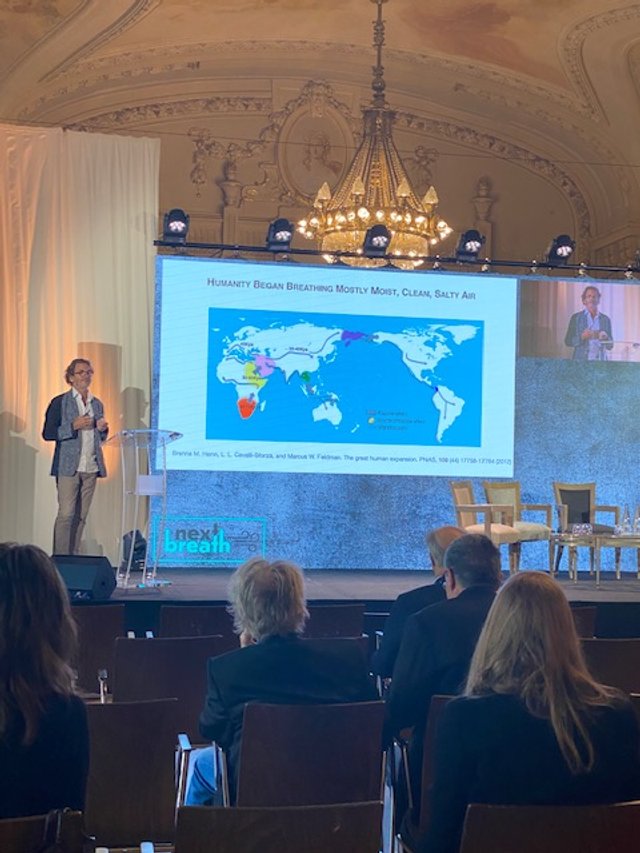


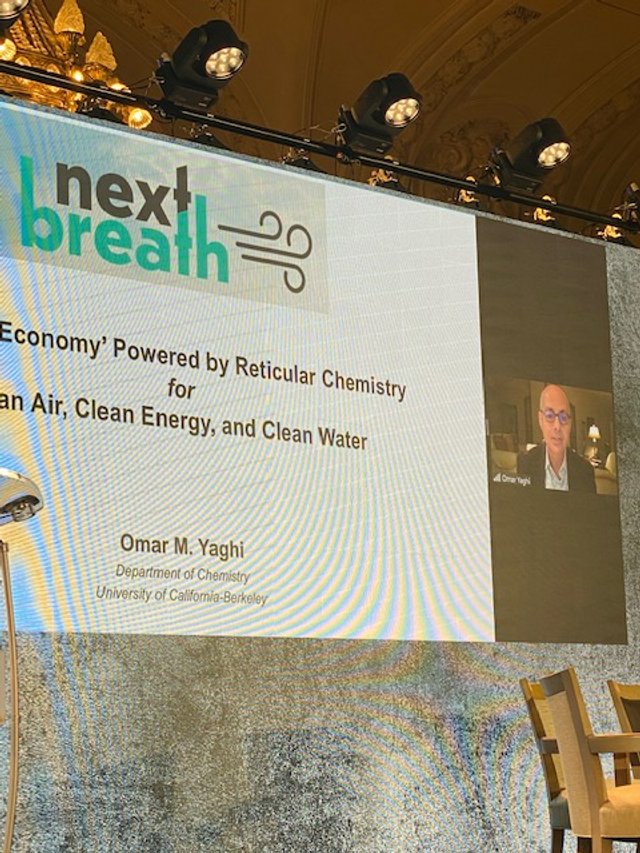

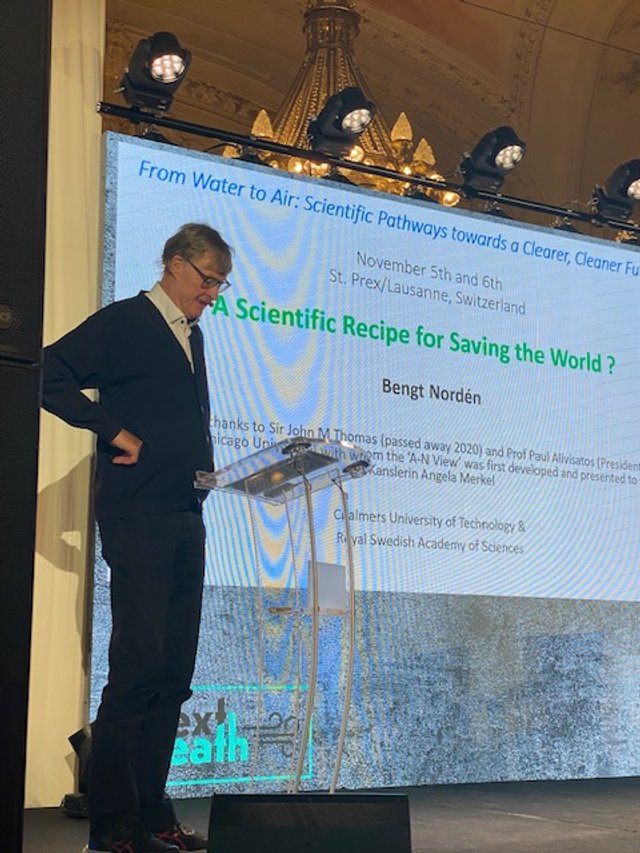

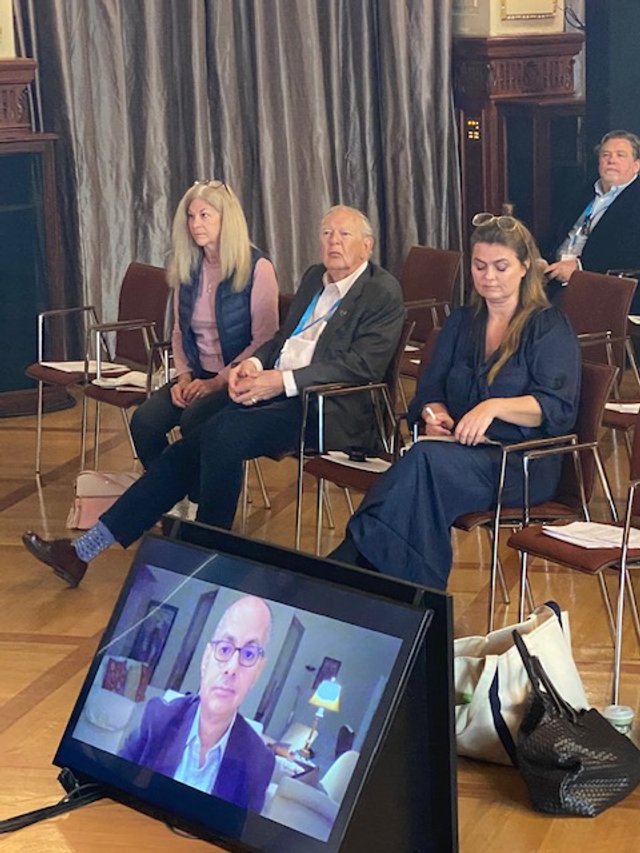
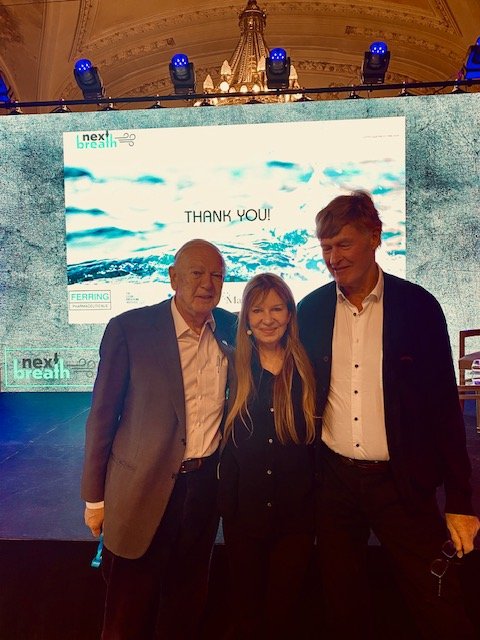
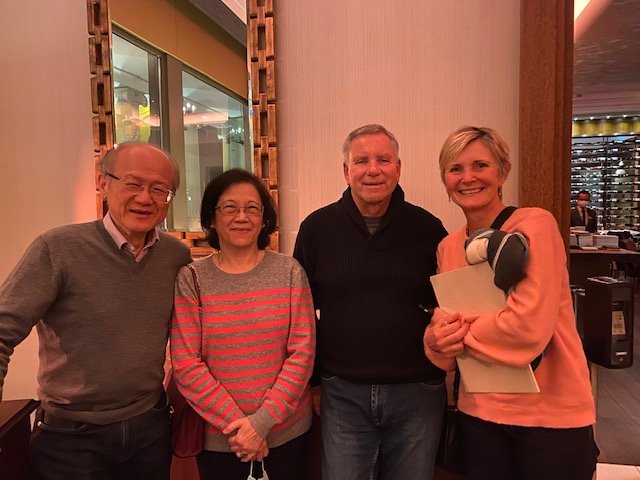
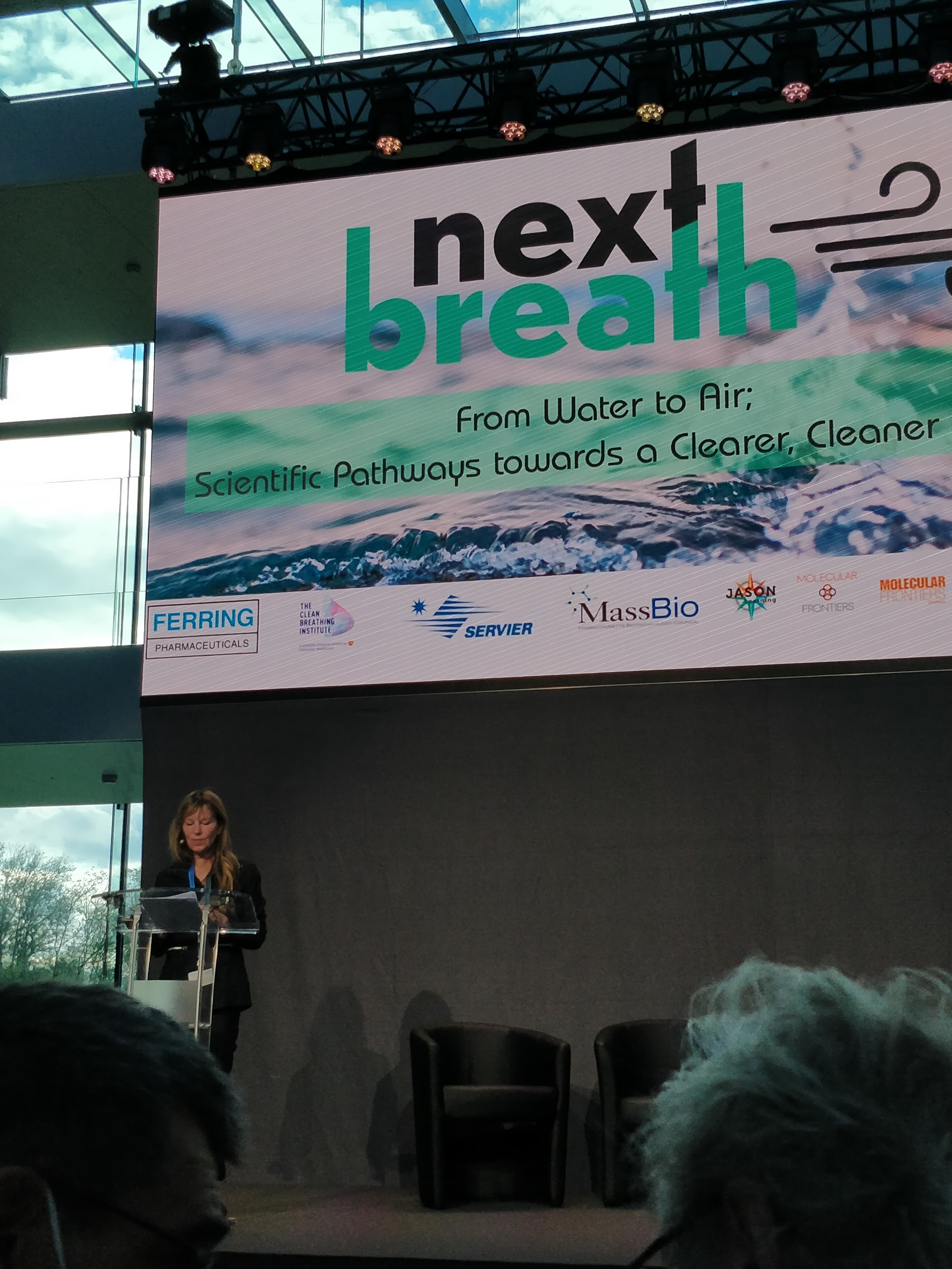



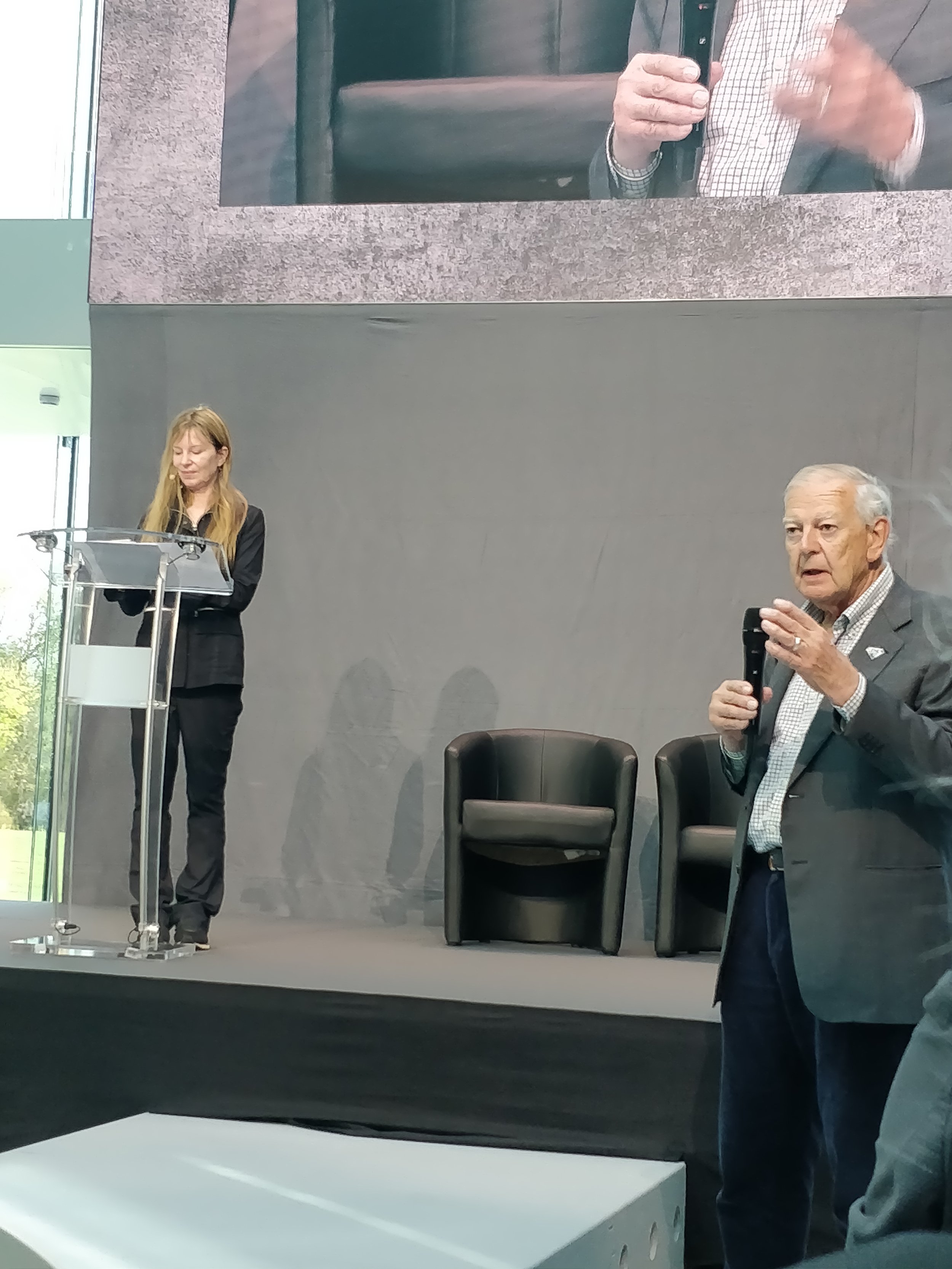

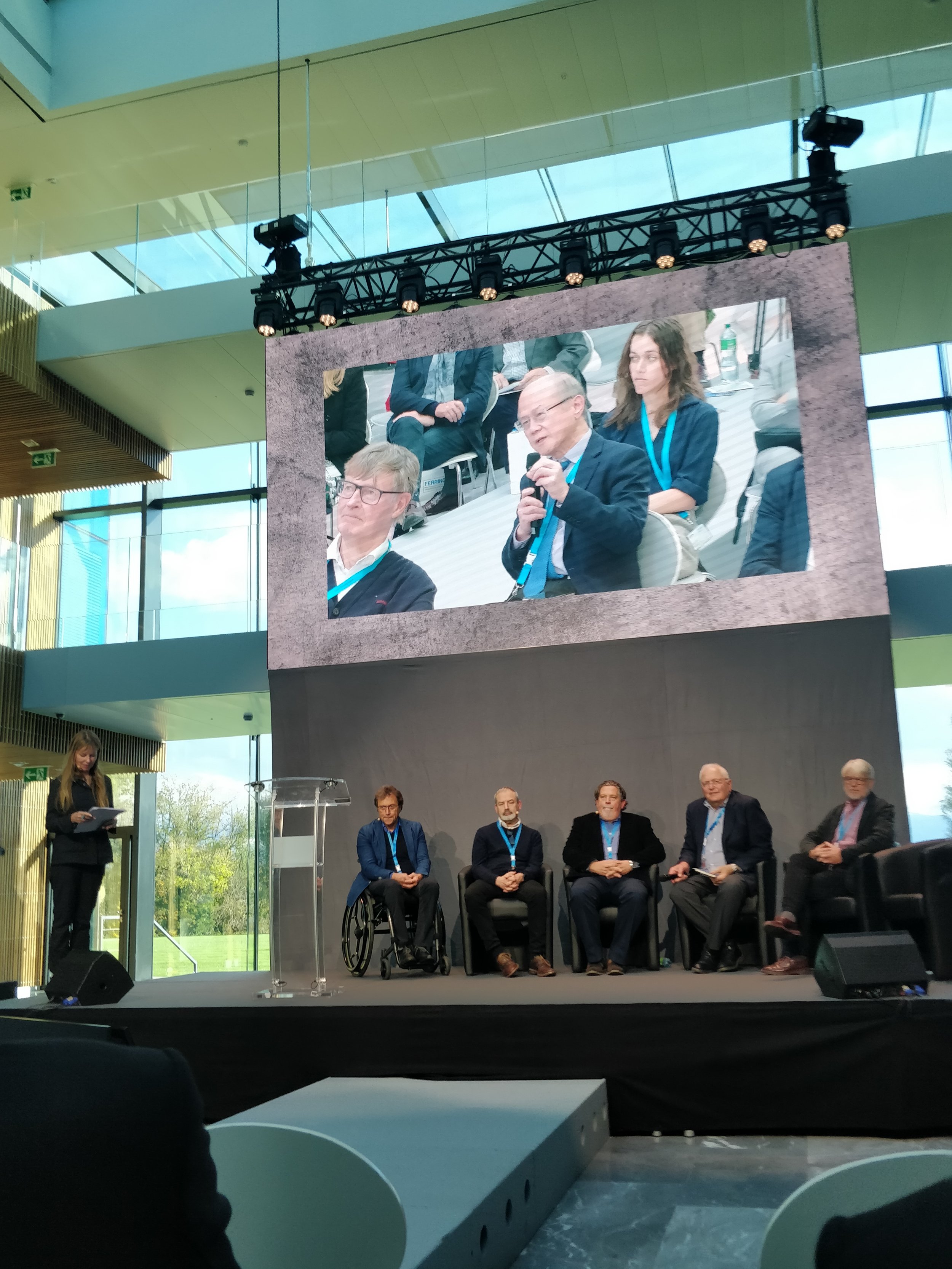





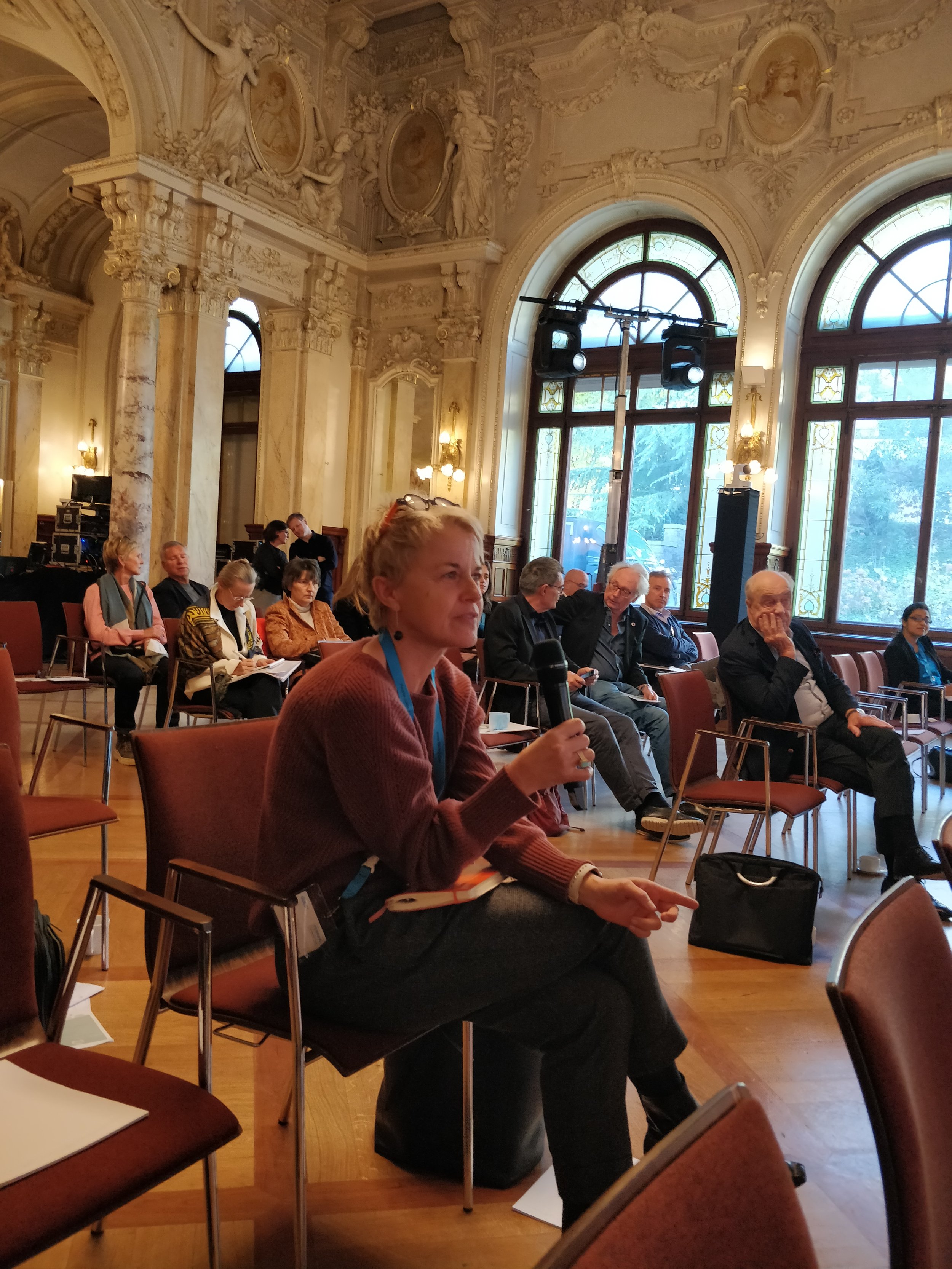




A scientific Recipe for Saving the World
by Bengt Nordén
Bengt Norden's slides are highly relevant to what is being discussed at COP26, and we therefore wanted to make them available to all before the start of our symposium.
21ST CENTURY MATERIALS THAT WILL CHANGE THE WORLD
An interview with Omar Yaghi
September 20, 2021
THERE IS SCIENTIFIC PROOF THAT WE ARE IN A CRISIS
Deliang Chen, Professor in Physical Meteorology and a member of the UN’s climate panel meets Peter Friberg, Professor in Global Public Health and Director of SIGHT, in a meeting on global health and climate change. Peter was one of our speakers this fall in Lausanne.
LUCY MISSION OVERVIEW: JOURNEY TO EXPLORE THE TROJAN ASTEROIDS
Launching in late 2021, Lucy will be the first space mission to explore the Trojan asteroids. These are a population of small bodies that are left over from the formation of the solar system. They lead or follow Jupiter in their orbit around the Sun, and may tell us about the origins of organic materials on Earth. Lucy will fly by and carry out remote sensing on six different Trojan asteroids and will study surface geology, surface color and composition, asteroid interiors/bulk properties, and will look at the satellites and rings of the Trojans.
The C-type asteroid is a target of the Lucy mission and was aptly named after American paleoanthropologist Donald Johanson, who best known for his discovery of “Lucy,” one of the most complete skeletons of Australopithecus afarensis known, in the Afar region of Ethiopia in 1974.
AIRWAY HYGIENE AND COVID19
An interview with Carolin Elizabeth George
August 9, 2021
REDUCING COVID 19 VIRUS TRANSMISSION: FROM A MOLECULAR BIOLOGY PERSPECTIVE
Interview with David Edwards & Bob Langer
September 29, 2020







